History/owner’s guide (CollectorFILE) originally published in AutoWeek April 18, 1994; republished by the author
“It’s a doozy.” The phrases entered the American lexicon to the extent that most don’t know its origin. We, of course, know it came from “It’s a Deusie,” short for Duesenberg, a symbol of grand extravagance. The Duesenberg Brothers racer’s and Model A luxury cars were impressive, but it was the Model J that boggled imaginations in America and around the world. It was a car of movie stars and Maharajas, Texas oil barons and European royalty, a car of epic scale and intimidating expense in a world of Model A Fords.
Had the Duesenberg Model A been more successful, the J might never have been. But Duesenberg Motors faltered financially and was purchased in October 1926 by E.L. Cord. He gave Duesenberg an unambiguous mission: to “win, through sheer merit, worldwide recognition for absolute superiority in every way over every other automobile on earth.”
Within Cord’s Empire, Duesenberg complemented Auburn (selling $995-$2,095 cars) and the Cord L-29 ($3,095-$3,295). A basic Duesenberg sold for $13,500-$17,950 (more in later years). A Ford cost about $350.
When the J was introduced no car had a wheelbase longer than its choices of 142.1 or 153.1 inches. (Two 125-inch SSJ models were also built). Buyers were expected to order bespoke bodies from coachbuilders, but Duesenberg supplied a hood, fenders and radiator shell that immediately identified the marque. (The distinctive hood ornament came in 1931). The hood, roughly half the car’s length, sheltered a magnificent 420 cid, 265 hp (@ 4200 RPM) straight-eight designed by Fred Duesenberg and built in E.L. Cords Lycoming Engine works at Williamsport, Pa.
Lavish expectations of selling 500 cars per year were crushed by the Crash of’ 29 and stiff competition from Cadillac’s V12 and V16, Marmons V16 and the Twin-Six Packard. In response to an owner’s request for more power, Fred and Augie Duesenberg developed a supercharged Model J in early 1932. It produced 340 hp and could hit 140 mph. The SJ was added to the line in 1931 and Duesenberg built 37 copies in five years.
Termination of the J series was announced May 9, 1935, but work continued (the factory even built two cars in 1936) to use up remaining parts. Branches in New York, Chicago and Los Angeles built several cars from parts in inventory. The end came in 1937, though it wasn’t really the end.
In the ‘50s, Duesenberg’s were merely old cars and sometimes changed hands for as little as $300, yet of 481 originals, 370 are known to survive. This is a remarkable percentage considering WWII scrap drives. Of the remainder, the fate of 80 or so is known, leaving 20-odd cars legendarily unaccounted-for. But don’t get too excited; it’s been 30 years since the most recent discovery of a Duesenberg “in a barn.”
A handful remain in their original owner’s estates. Some are “over-restored,” i.e., prepared for concours competition. The best are restored and/or maintained as drivers. Restorer/historian Randy Ema, says, “a Duesenberg today should be able to do what it could do when it was new,” including, “cruise at speeds well above the speed limit.”
Most replacement parts are almost all off-the-shelf. If not, “anything that could be made then can be made now,” claims Ema, who sells Duesenberg parts. He says prices are expensive but not prohibitive. “If you’re on a budget, you shouldn’t buy a Duesenberg,” he advises. “It’s not being snobbish, but if you want the best, you’ve got to pay for the best.”
The good news is that once “right,” a Duesenberg engine is reliable. Getting it right is another matter, Ema warms. The weak point may be the transmission. Duesenberg used a Brown and Lipe four-speed for the first 51 cars, then switched to the Warner Hy-flex three-speed; both were non-synchronized gearboxes. Fortunately the eight’s flexibility minimizes shifting, a paramount virtue for this era. The brakes, hydraulic four-wheel drums, were phenomenal by contemporary standards, acceptable even by today’s.
If you’re shopping in earnest, expert advice is well worth the cost. Prices vary with coachbuilder, style and wheelbase. In general, open cars are favored over closed, and more passengers over fewer.
Perhaps the best return for the money is reported by Jay Leno. Driving his 1930 LeBaron dual cowl phaeton at about 11:30 p.m., he came upon a Ford Model A and blew his horn until the driver angrily waved him past. Leno thunder by, exhaust cutout open, leaving the startled Ford driver believing he was lost in some bizarre time warp, or at least with a story his friends would never believe.
That’s the Duesenberg. No matter how you spell it, it’s a doozy.
Addendum: Photos from Wikimedia; photos from original article are unaccredited.
1) Photo by Mr.choppers, Wikimedia Commons 1931 Duesenberg Model J Convertible Victoria by Rollston at the 2021 Greenwich Concours d’Elegance. This chassis (2126) is the second Model J and was originally built for the 1928 New York Auto Salon, fitted with a Holbrook five-passenger sedan body. In the 1960s the ageing Holbrook body was swapped for 2442’s (ex-Vanderbilt) Rollston Convertible Victoria body. The Holbrook body is now on chassis 2152.
2) Photo by Rex Gray, Wikimedia Commons 1930 Duesenberg J Murphy Disappearing Top Torpedo Convertible Coupe
3) Photo by LarryStevens, Wikimedia Commons Duesenberg Model J engine
4) Photo by Bert Remmerswaal, Wikimedia Commons 1935 Deusenberg Model SJ LaGrande Dual-Cowl Phaeton






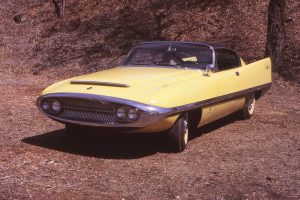
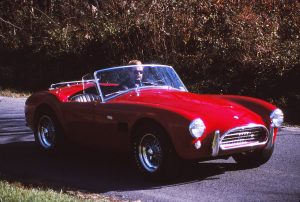
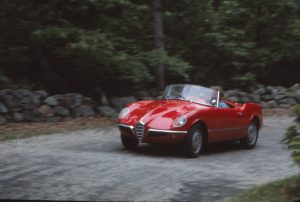
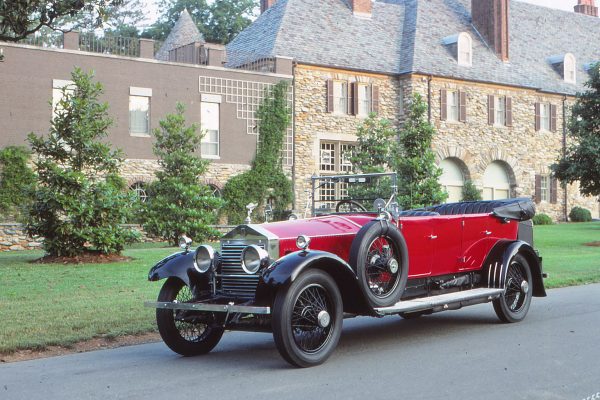
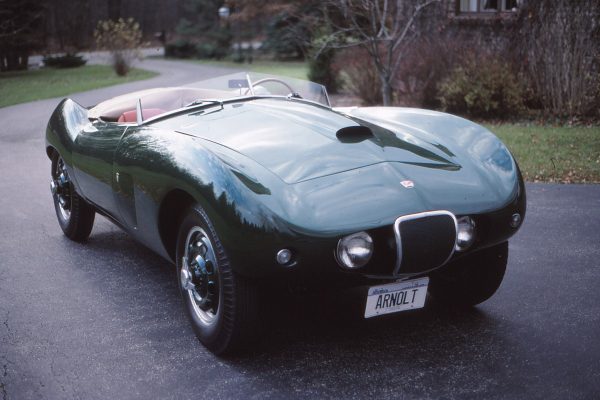
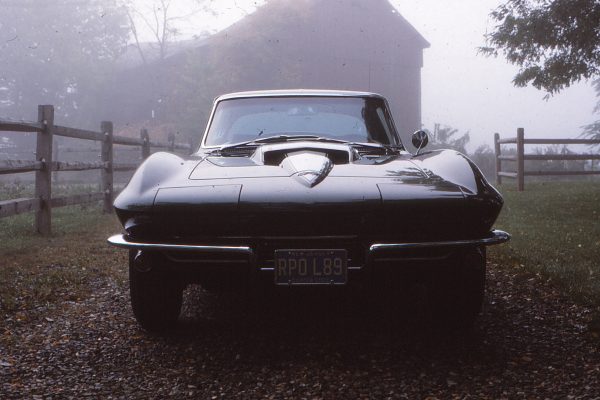
What Do You Think?
You must be logged in to post a comment.